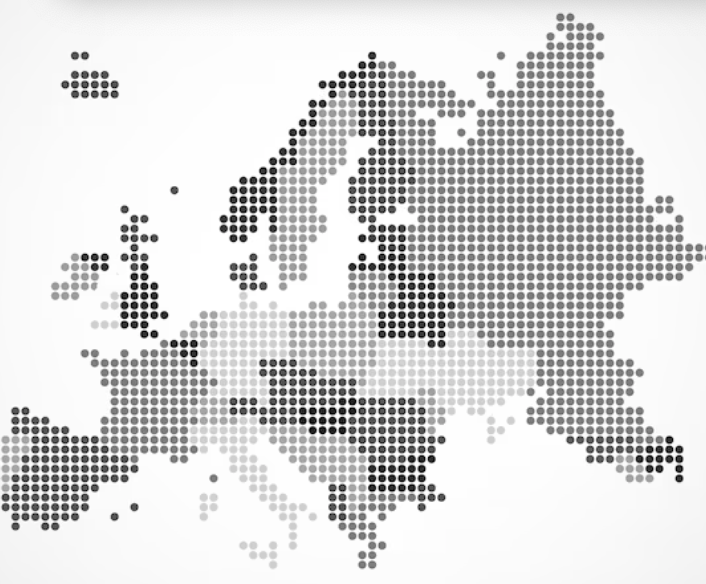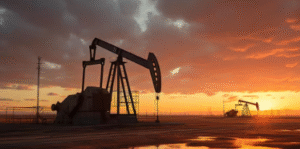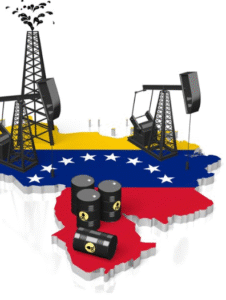$VWS $ENR.DE $BTC
#WindPower #CleanEnergy #EU #CoalEnergy #Renewables #EnergyTransition #WindTurbines #GreenDeal #ClimatePolicy #SustainableEnergy #CarbonEmissions #EnergyMarket
The European Union has prioritized wind power as a cornerstone of its clean energy strategy, making substantial investments to accelerate the transition to renewables. The buildout of wind energy infrastructure across the region has seen considerable growth in recent years, with many nations aiming to meet ambitious green energy targets under the European Green Deal. Despite these strides, however, the EU remains more reliant on coal-fired power generation than wind energy. According to recent data from WindEurope, a prominent lobby group, wind power contributed close to 20% of the electricity consumed across the bloc in 2022. Yet, this figure underscores a deeper concern: while renewables are gaining ground, the pace of new wind turbine installations has slowed markedly, which could reinforce the EU’s reliance on coal—or at least delay its phase-out.
The slowdown in wind capacity additions raises critical questions about the structural challenges hindering the growth of renewable energy. WindEurope noted that permitting bottlenecks, supply chain disruptions, and rising costs of raw materials have all played a role in impeding new developments. Geopolitical uncertainties, including the ongoing effects of the war in Ukraine, have further complicated efforts to expand wind power infrastructure. In contrast, coal—which was expected to decline amid higher carbon pricing through mechanisms like the EU Emissions Trading System—has retained its foothold as a “stabilizer” for energy security due to fears of gas shortages. European coal stocks, such as $ENR.DE (energy producers with coal-reliant portfolios), have reflected surprising resilience this year, even with broader calls to decarbonize. This divergence between policy intent and market reality poses risks for both clean energy advocates and fiscal policymakers in the EU.
Investors are increasingly scrutinizing the wind energy sector amid this deceleration in growth. Companies like Vestas Wind Systems ($VWS), one of the largest wind turbine manufacturers in the world, have experienced volatility in share prices as markets weigh growth prospects against operational challenges. Furthermore, while institutional capital flows into ESG (Environmental, Social, and Governance) funds have supported demand for renewables, the slower rollout of wind projects raises concerns about regulatory support and cross-border coordination. For instance, potential delays in renewable energy auctions or subsidies could hinder the swift adoption of cleaner technologies. Simultaneously, cryptocurrency sectors tied to energy usage, such as Bitcoin ($BTC), continue to receive criticism for their environmental footprint, adding pressure to decarbonize even energy-intensive industries.
In the broader context of energy markets, this dynamic underscores the complexities of transitioning away from fossil fuels in the face of economic and geopolitical constraints. Policymakers face a difficult balancing act between maintaining energy security and meeting their long-term climate targets. Analysts warn that failure to address the slowdown in wind deployment could prompt a resurgence in coal-fueled energy, likely leading to upward pressure on carbon prices and emissions levels. As global investors keep a close watch on Europe’s progress in renewable energy, the continent’s ability to navigate these challenges will shape the long-term outlook for the region’s energy independence and its leadership in combating climate change. For markets, the interplay between coal and renewables remains a critical barometer of the EU’s energy future.











Comments are closed.